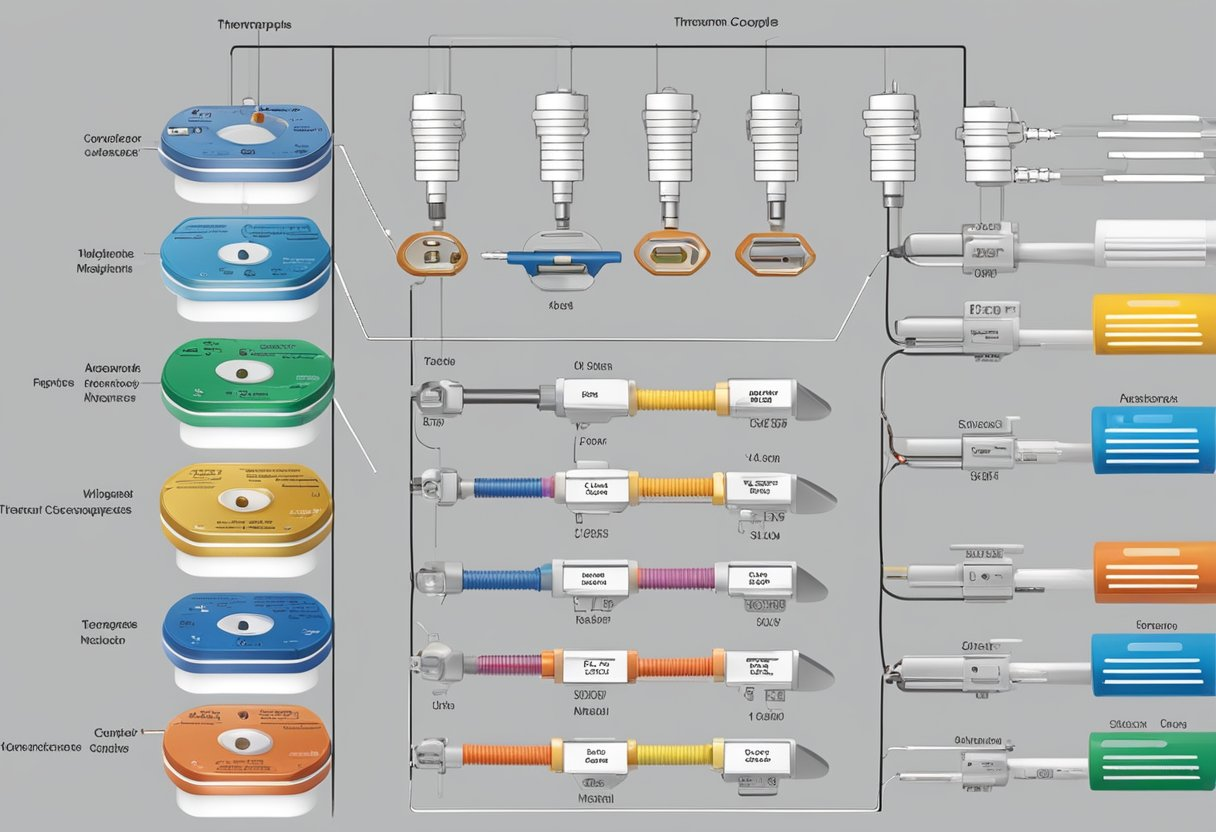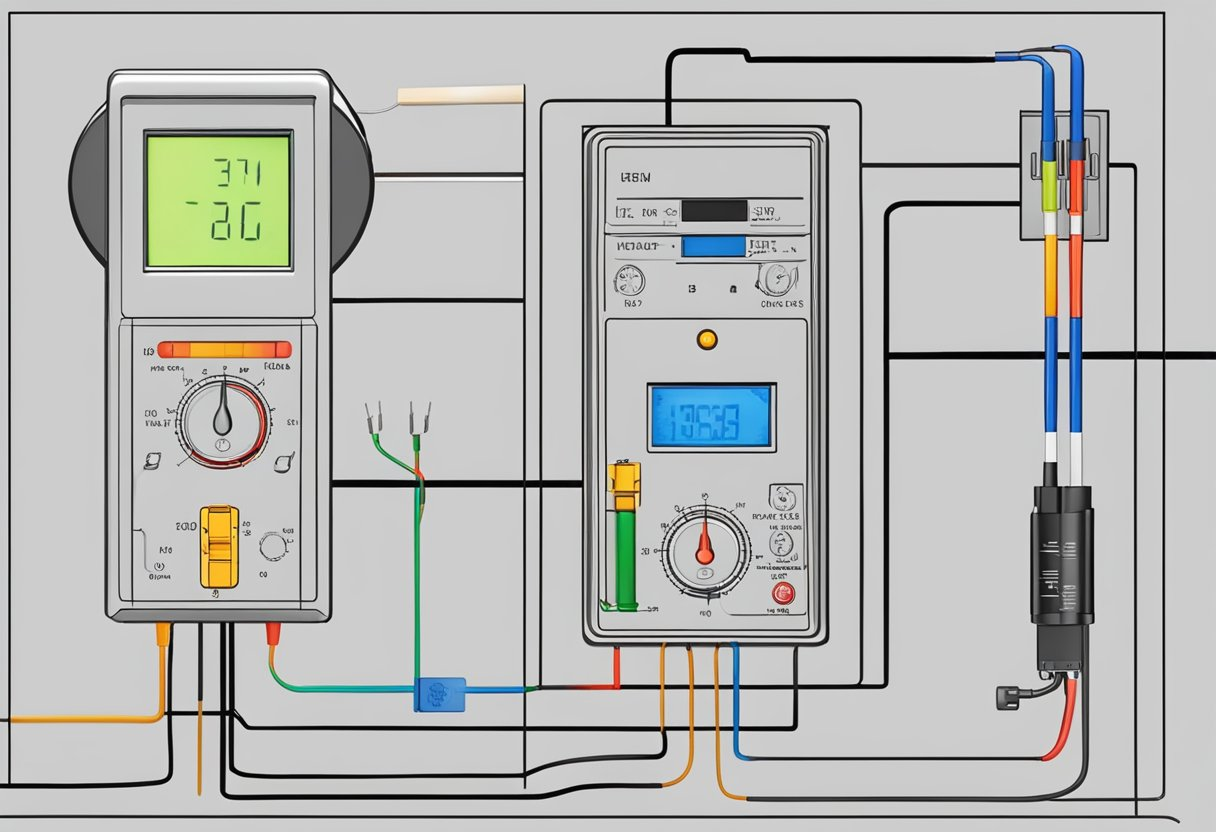k type thermocouple 1200 c: A Comprehensive Guide
Table of Contents
- Introduction
- Understanding K Type Thermocouples
- Advantages and Disadvantages of K Type Thermocouples
- Applications of K Type Thermocouples
- How to Select and Install K Type Thermocouples
- Conclusion
Introduction
Welcome to our comprehensive guide on k type thermocouple 1200 c, an essential tool used in temperature measurement
applications. In this article, we will explore the benefits, limitations, and various applications of k type
thermocouples, as well as provide insights on how to select and install them effectively.
Understanding K Type Thermocouples
K type thermocouples are widely used in industries due to their reliability and versatility. These thermocouples
consist of two dissimilar metals – chromel and alumel – that generate voltage proportional to the temperature
difference between the measuring junction and the reference junction.
The temperature range of k type thermocouples is impressive, with a maximum limit of 1200 c. They are commonly
employed in high-temperature applications, making them suitable for various industries such as metallurgy,
petrochemical, and heat treatment.
Advantages and Disadvantages of K Type Thermocouples
As with any measurement technology, k type thermocouples come with their own set of advantages and disadvantages.
Let’s take a closer look:
Advantages:
- Wide temperature range, up to 1200 c
- Affordable and readily available
- High accuracy and sensitivity
- Can withstand harsh environments
Disadvantages:
- Limited lifespan
- Non-linear temperature reading
- Requires reference junction compensation
Applications of K Type Thermocouples
K type thermocouples find extensive usage in various industries due to their unique characteristics. Some notable
applications include:
- Heat treatment processes
- Metal and glass manufacturing
- Chemical and petrochemical industries
- Automotive and aerospace sectors
How to Select and Install K Type Thermocouples
Choosing and installing the right k type thermocouple is crucial for accurate temperature measurements. Consider
the following factors:
- Select the appropriate thermocouple grade based on temperature range and environment.
- Consider the accuracy and response time required for your application.
- Ensure proper installation techniques to prevent measurement errors.
- Regularly calibrate and maintain the thermocouples for optimal performance.
Conclusion
K type thermocouples are a reliable and widely used temperature measurement tool, especially in high-temperature
applications. Understanding their advantages, limitations, and proper selection/installation techniques is
crucial for accurate and consistent temperature monitoring. By following the guidelines outlined in this guide,
you can effectively utilize k type thermocouples in your industry and ensure reliable temperature readings.





